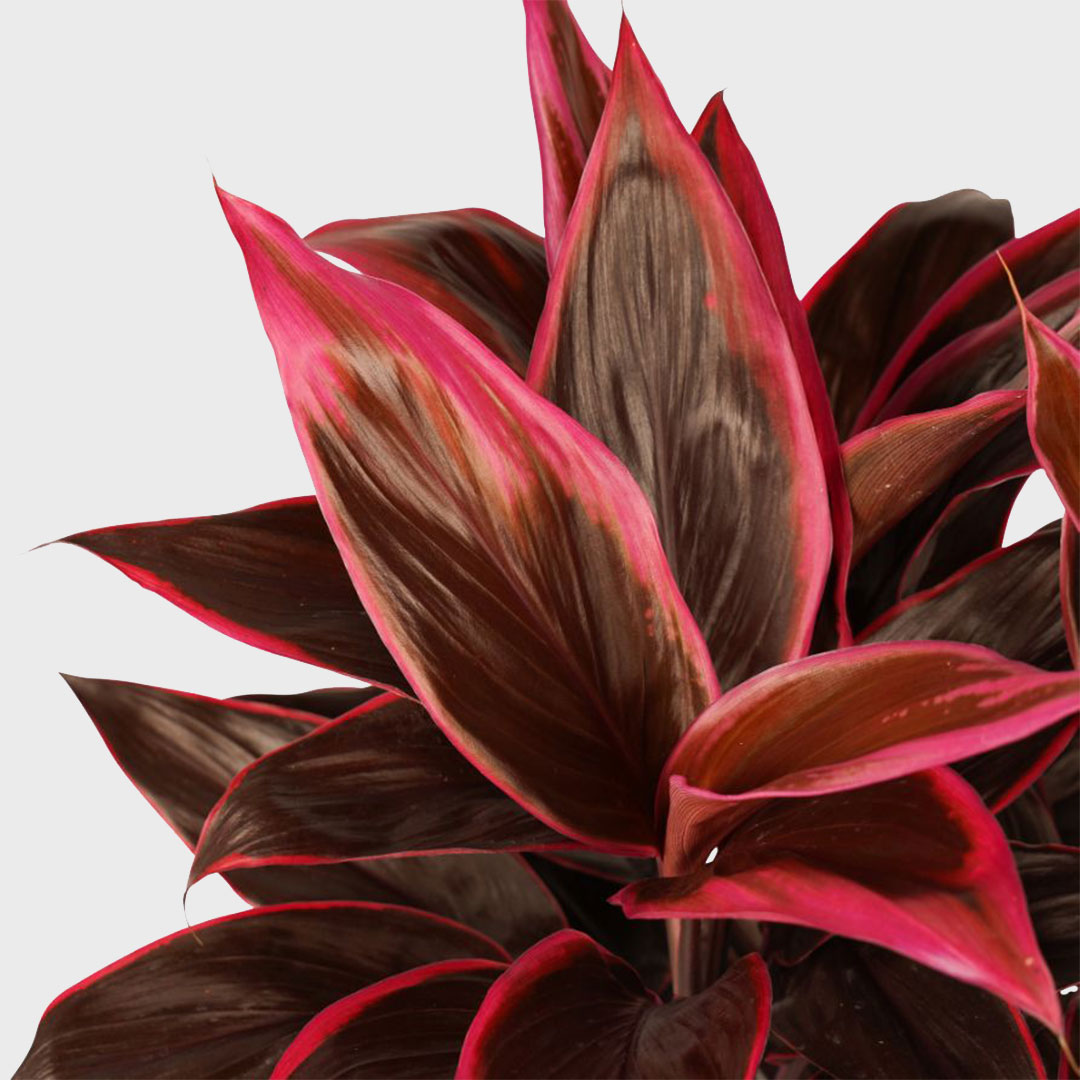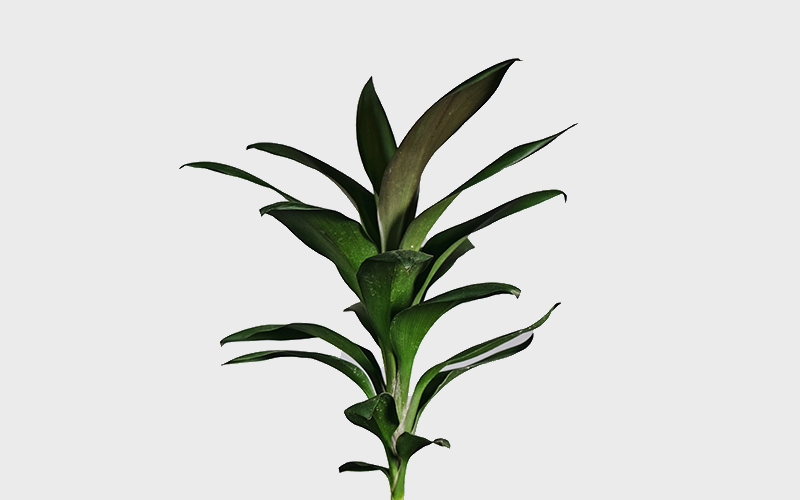
Deliver to
The Netherlands
 English
EnglishThe Cordyline looks very similar to the Dracaena. This is understandable, because the Cordyline is a member of the Asparagaceae to which the Dracaena and Yucca also belong.
Besides being an indoor plant, the Cordyline can also be used as a container plant outdoors. From March to November the plant can be kept outside on your terrace or balcony.


Medium light
Water once a week
Toxic
Air-purifying
The most suitable location for a Cordyline is somewhere half-shadowed or facing indirect sunlight. Direct sunlight can burn the leaves, so avoid giving the plant too much light.
The Cordyline prefers slightly moist soil at all times. Once a week watering is generally sufficient. Brown leaf tips and yellow leaves are a sign of too much water.
If you ignore these signs of too much water the Cordyline can develop root rot. This is not something you and your plant will be happy about.
It may be beneficial to the Cordyline to give plant nutrition once a month during the growing period. The best way to do this is by using Pokon indoor plant nutrition. We recommend only giving plant nutrition from spring to the end of the summer. For the correct quantities, it is best to check the back of the packaging. In any case, it is wise never to give too much plant food. This can be harmful for the Cordyline.
Repotting the Cordyline is not necessary every year. However, we do recommend that you buy a larger flowerpot for the plant every two years. It is best to choose a pot that is at least 20% larger than its previous one. This will give your Cordyline more room to grow and the plant will get new nutrients. It is always best to repot a plant in the spring. When repotting, roots can be damaged and in spring a plant has the most energy to repair the damage.
The ideal temperature range for Cordyline plants can vary slightly depending on the specific species or cultivar. However, in general, Cordyline plants prefer temperatures between 15 to 24 degrees Celsius.
Pruning can improve the plant's appearance but also help maintain its overall health by removing yellowing or dead leaves. In addition, pruning can also be used as a method of propagation for Cordyline plants. By taking stem cuttings from a mature plant and pruning it back, you can encourage new growth and create extra Cordyline plants.
The Cordyline is not susceptible to diseases and pests. Mourning flies and root rot can always occur, although this is usually due to careless care.

